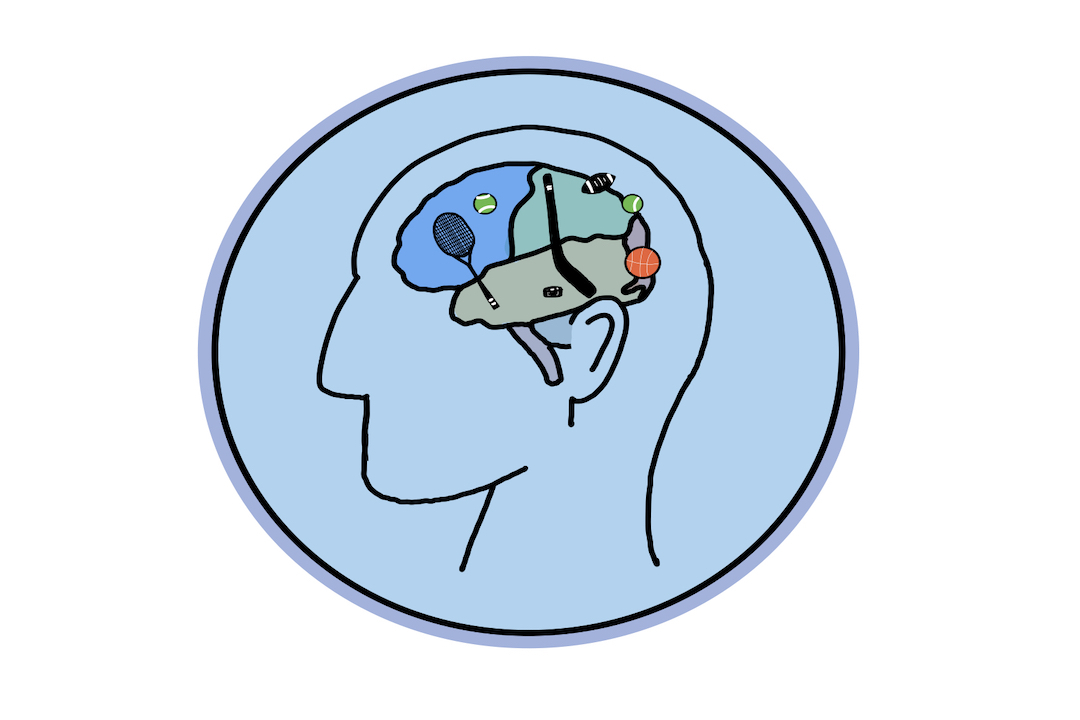I have no intention to slander him, but Toronto Raptors forward Pascal Siakam was abysmal in this past Eastern Conference Finals against the Boston Celtics. This opinion seems to be shared as fans and media alike had a field day with him and coach Nick Nurse.
While people are entitled to their own opinions — and of course, there is no shortage of opinions with sports — one undeniable fact is often overlooked: Siakam and Nurse are people and therefore naturally affected by psychological factors.
In the same way, when two-time Olympic gold medalist boxer Vasiliy Lomachenko lost his bout against Teofimo Lopez on October 17, there were also psychological factors involved. Lopez controlled the first six rounds and Lomachenko showed flashes of brilliance a little too late.
The team and individual dichotomy in sport often overlooks a fundamental psychological similarity in all athletic pursuits. Players of both kinds of sport experience motivation, competitiveness, drive, and frustration.
What made Siakam’s performance abysmal, and why did Lomachenko lose against Lopez? More generally, what are the differences in a player’s psychology between team and individual sports?
The science of sport psychology
Jeemin Kim, a postdoctoral fellow in sports psychology researching with Professor Katherine Tamminen at the University of Toronto, believes that there are some notable differences between team and individual sports.
“There are certainly components in team sports that are just not that relevant in individual sports. For example, in team sports, and more specifically, interdependent sports, things like coordination [and communication] are very important,” he said.
Kim made an example of the synergy one would see in basketball or soccer — not only a practice in communication, but also an exercise in trust. Sports like volleyball, football, and baseball, to name a few more, are ‘interdependent sports.’
Within these sports, Kim suggested that there are inherent team hierarchies. These are not only based on position, but also on skill, tenure, and overall presence. A negative attitude from someone like St. Louis Cardinals catcher Yadier Molina would have a greater impact on a team’s psychology than someone who is less acclaimed or experienced.
Kim also said that there are instances in which teammates boost mood and motivate — which can be classified as both hedonic and purpose-driven actions.
He continued by saying that this reliance on others and the dynamics of trust often do not apply when in individual sports. Like the name suggests, individual sports place the onus on the individual performer. True enough, tennis great Novak Djokovic would have no one else to blame if he loses to Rafael Nadal at the French Open.
A spectrum to replace the binary
Despite this acknowledgement of differences, Kim noted that “There are more similarities between individual sports and team sports than most people think.”
Blair Evans, an assistant professor in psychology at Western University and Kim’s colleague and friend, has done work to suggest that there is a continuum of structural independence in all sports. This challenges the traditional dichotomy of team sports and individual sports.
Wrestling, for example, is traditionally seen as an individual sport, but in school and international settings, wrestling is often done with a team, capturing a group identity. Collaboration is still required for gaining points or training together; there is still a fundamental group dynamic.
Taking this into consideration, Kim said that a more enthralling dimension to explore would be how much the psychology differs due to the degree of interdependence across different sports rather than between the simple binary.
Editor’s note (November 12): A previous version of this article incorrectly implied that Kim coined the term ‘independent sports’ and the use of ‘hedonic’ and ‘purpose-driven’ to describe instances of teammates boosting each other’s moods. The article has been corrected; The Varsity regrets this error.


